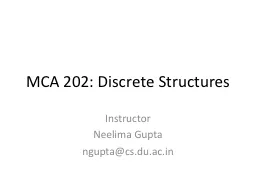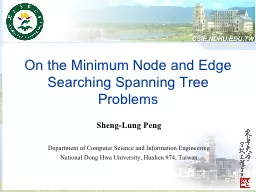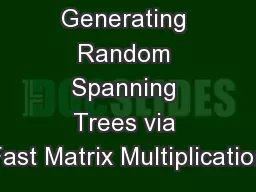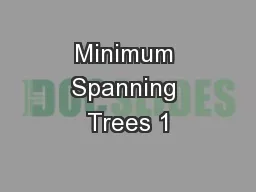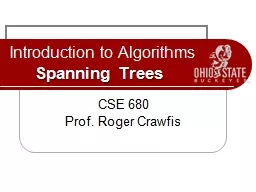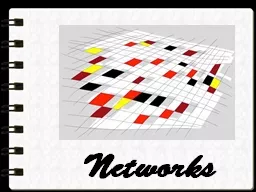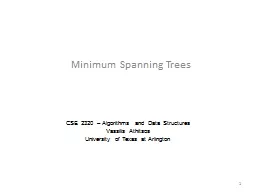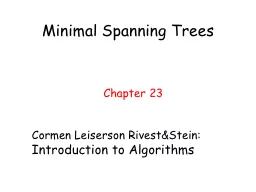PPT-Minimum Spanning Trees
Author : kittie-lecroy | Published Date : 2016-11-13
1 Uri Zwick Tel Aviv University October 2015 Last updated November 18 2015 Spanning Trees 2 A tree is a connected acyclic graph contains no cycles A spanning
Presentation Embed Code
Download Presentation
Download Presentation The PPT/PDF document "Minimum Spanning Trees" is the property of its rightful owner. Permission is granted to download and print the materials on this website for personal, non-commercial use only, and to display it on your personal computer provided you do not modify the materials and that you retain all copyright notices contained in the materials. By downloading content from our website, you accept the terms of this agreement.
Minimum Spanning Trees: Transcript
Download Rules Of Document
"Minimum Spanning Trees"The content belongs to its owner. You may download and print it for personal use, without modification, and keep all copyright notices. By downloading, you agree to these terms.
Related Documents


